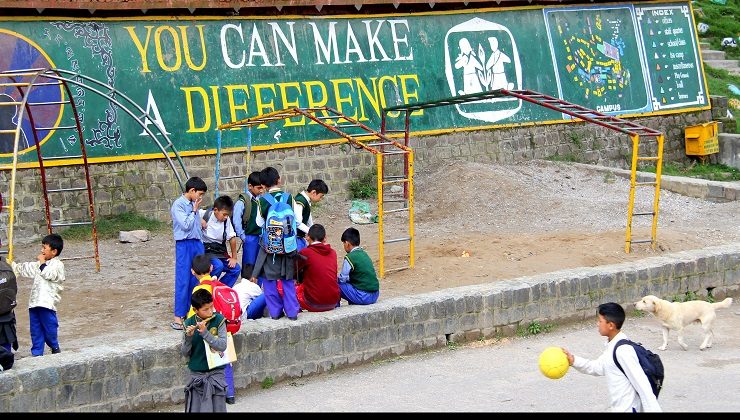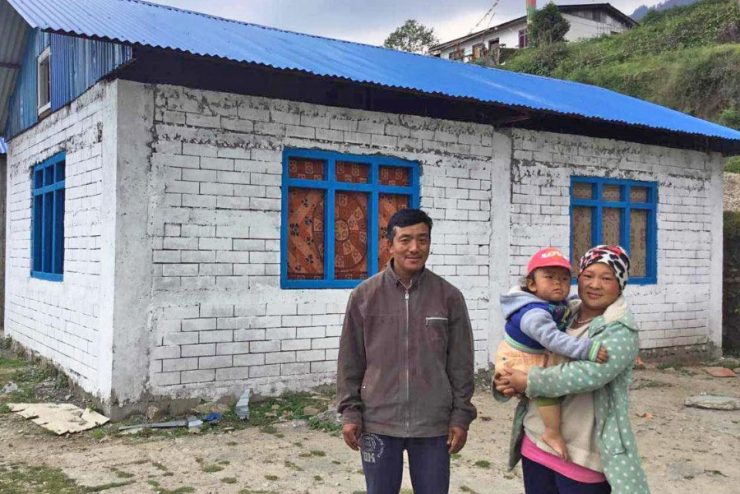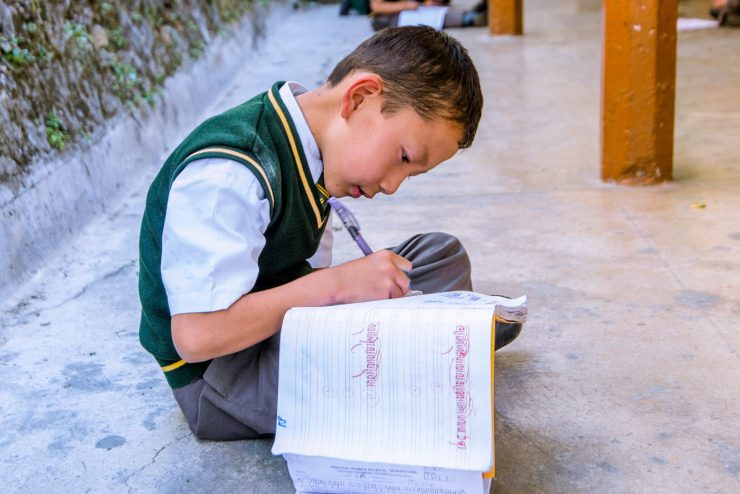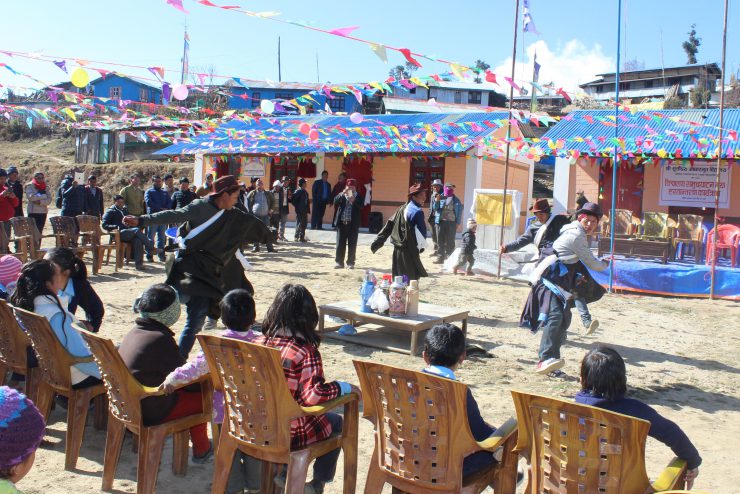The Snow Lion Foundation (SLF)
Through SLF, Tibet Relief Fund supporters sponsor around 60 Tibetan children, as well as monks at Shelkhar Monastery in Kathmandu, monks at Thupten Choling Monastery in Solukhumbu in remote northern Nepal; and elderly people at Nangchen Nyernga Elderly Care Home in Kathmandu.
An autonomous organisation in Kathmandu established in 1972 to look after the health, education and social welfare of Tibetan refugees in Nepal. SLF follows the policies of the Tibetan government in exile’s Department of Education in India and manages 13 schools in Nepal.
Tashi Ling Tibetan Settlement
This settlement in Pokhara is home to 750 Tibetan refugees. Established in the 1960s, it is one of the five Tibetan refugee camps in Pokhara valley in western Nepal. Tibet Relief Fund works directly with the settlement officers to continually assess the most urgent cases and we then try to find supporters who want to help relieve the burden for these destitute families and their children. Our sponsors currently support around 30 students in Tashi Ling but there are more cases on the waiting list; often those students without funding are forced to leave school without finishing their education.
Lodrik Tibetan Settlements of Jampaling and Paljorling
Today, Tibetan carpet weaving is no longer a viable employment solution for the 1,155 residents and the youth frequently have to journey to bigger towns to find employment.
Our supporters also sponsor around 60 children from these settlements. In the 1970s, former Tibetan freedom fighters and their families settled in these camps; their only means of livelihood being weaving carpets, spinning wool and, later on, through a couple of handicraft centres.
Namgyal Thupten Dhargyeling Monastery school
Much of the kingdom of Mustang in northern Nepal is ethnically Tibetan. This remote and inaccessible region lies at an altitude of over 4,000 metres. This high altitude desert, scorching in summer and freezing in winter, provides a fragile income for its inhabitants through arable farming and animal husbandry.
The curriculum includes Tibetan, Nepali, English, social studies, maths, science, Tibetan arts, sand mandalas and, of course, scriptures and religion.
With scant rainfall life is hard and parents struggle to support their children. Many are sent to Tibetan schools and monasteries in the lowlands of Nepal or even to India in order for them to receive a traditional Tibetan and modern education. We are seeking to find sponsors for little monks taken in to a monastic school based in Mustang itself.
As part of the 800-year-old Namgyal Thupten Dhargyeling Monastery, this school was started in 2005 because of the area’s urgent need both for provision of education to those who would otherwise have no opportunity to study, as well as offering shelter, care and food to those whose families were suffering extreme poverty. The monastic school takes in local children who are either orphans, from destitute familes or who have been mistreated by their families. Out of the 51 student monks, 25 are orphans and eight are from negligent parents. As many children have nowhere else to stay or money for food, the monastery looks after the students full time.
This innovative school not only preserves Tibetan culture and religion, offering students the chance to become monks, but it also gives a good secular education so if their charges choose not to remain monks they have the tools to further their education, career and life.
To escape the extreme winter, each year all the residents of the monastery leave Mustang and head for the less harsh climes of Pokhara. It is a difficult three to five day walk from Mustang to Jomsom (the nearest town), then a further one-day walk to Pokhara. The party consists of the young monks (aged between six and 15) and eight staff. Sometimes the journey takes longer due to perilous weather conditions with icy snow and flooding; frequently the small monks have to be carried one by one on the backs of adult staff across flooded rivers. The students study in Pokhara from October to March then return back to Mustang for the summer.
There is a real desire to ensure Tibetan Buddhism does not die out in this area. The Dalai Lama has said;
“Even if all of Tibet is destroyed by China, it is vital for the Himalayan region to preserve its culture.”
The winter school buildings situated just outside Pokhara are now ready, but there is little money for the day to day running costs to cover staff wages, food, clothing, books, stationery, religious texts. To relieve the worry of funding and to help ensure this crucial institution continues it is vital that sponsors are found for the children – or benefactors who would be happy to help with core costs.




